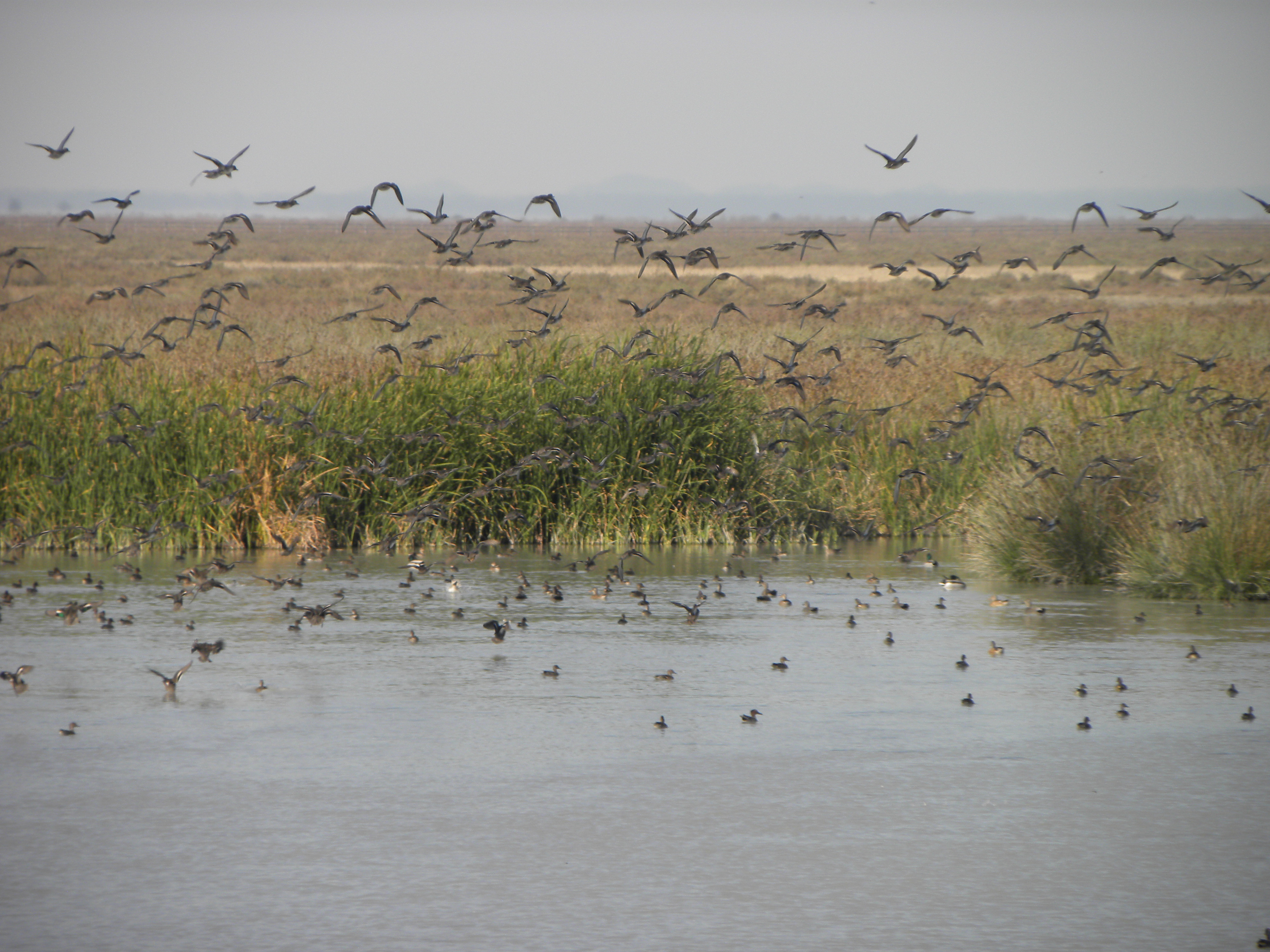A study led by the Doñana Biological Station (EBD-CSIC) found that the first step in seed dispersal by waterfowl – seed ingestion – depends on seed availability in the waterfowl foraging habitats. Researchers found that the main gradient found to determine such interactions is related to soil moisture, in line with differences between waterfowl groups in their microhabitat preferences along the land-water continuum
Darwin had already recognized that "the widespread distribution of fresh-water plants (…) depends on the wide dispersal of their seeds (..) by fresh-water birds". However, despite the importance of this dispersal activity of waterbirds to the maintenance of plant populations worldwide, until now it was unclear which waterbirds disperse which seeds, and why. In the search to understand the mechanisms behind this important function of waterbirds, a first step is to know how bird species differ as to which seeds they ingest.
Researchers from the Doñana Biological Station – CSIC, together with collaborators from Hungary and South Africa, have put together a dataset containing information on all the known occurrences of seeds of plant species in the diet of duck, geese and swan (waterfowl) species in Europe. They used this information to look for relationships between plant and bird characteristics that could be determining who eats whom, and thus on which birds each plant type might be depending for dispersal.
Although Darwin only recognized the importance of waterbirds for the dispersal of aquatic plants, their results highlight that terrestrial plant species are also widely consumed by waterfowl, especially by geese, which graze on land. On the other hand, strictly aquatic plant species are more associated with diving ducks, which generally feed at greater depths. Dabbling ducks ingested both terrestrial and aquatic seeds, but are associated with seeds of plants that prefer high light intensity and temperature, which are present in or around the dynamic and shallow shoreline habitats favored by these birds. Overall, plants that grow in wetter soils and that tolerate higher salinity tend to be dispersed by more European waterfowl species, which may reflect the concentrations of many of these birds in coastal wetlands.
These results suggest that the main mechanism through which duck, geese and swan traits filter the seeds they consume is via seed availability in their foraging habitat. This study provides an important advance in our understanding of the interactions that define plant dispersal in wetlands and their surroundings, and of which plants might be affected by ongoing changes in the distributions and migrations of waterfowl species.
Reference:
Almeida, B. A., Lukács, B. A., Lovas-Kiss, Á., Reynolds, C., & Green, A. J. Functional traits drive dispersal interactions between European waterfowl and seeds. Frontiers in Plant Science, 12, 795288. https://doi.org/10.3389/fpls.2021.795288
https://doi.org/10.3389/fpls.2021.795288








 Las altas temperaturas están provocando que las lagunas y las marismas de Doñana pierdan agua rápidamente
Las altas temperaturas están provocando que las lagunas y las marismas de Doñana pierdan agua rápidamente



